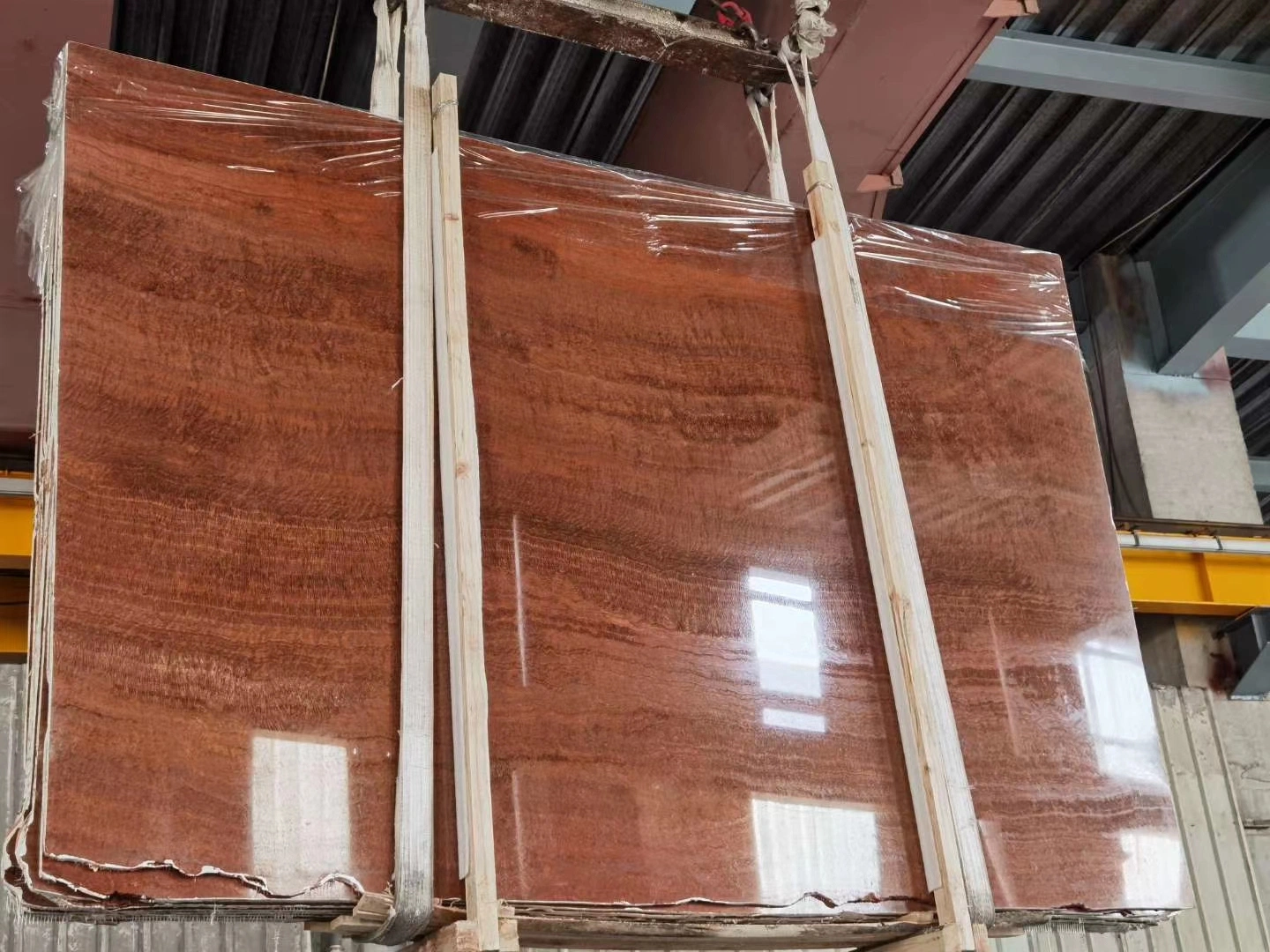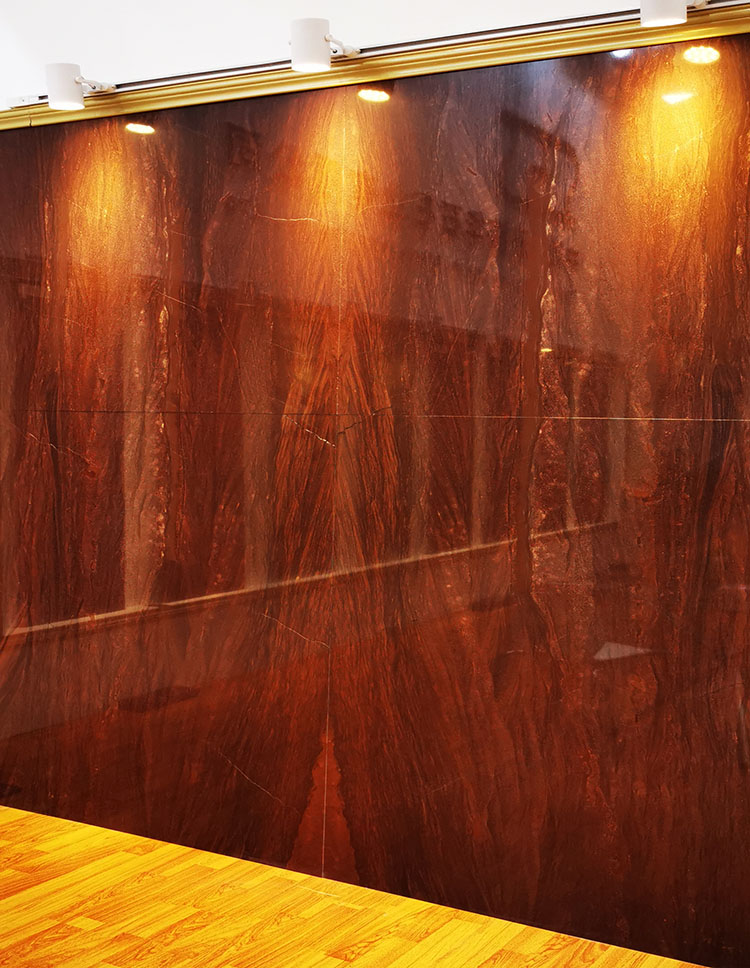There has been a long-standing appreciation for the startling beauty and enduring appeal of red marble in the realm of architectural and design projects. Red marble is characterized by its rich and brilliant tones. In addition to imparting a sense of warmth, elegance, and refinement to indoor and external areas alike, this beautiful natural stone has been used to decorate floors, walls, worktops, and sculptures in a wide range of places, from ancient civilizations to contemporary projects. In this all-encompassing book, we dig into the world of red marble, investigating its history, distinctive qualities, and a wide range of uses, all while revealing the secrets that lie behind the inherent fascination of this material.

This is the first part of the Red Marble story.
In the same way that other types of marble are made, red marble is also generated by the metamorphism of limestone or dolomite rock, which takes place deep under the crust of the Earth amidst high heat and pressure. Clay, iron oxide, and hematite are some of the minerals that are present in marble throughout this geological phase. These minerals are responsible for giving the marble its unique red colors. Several different varieties of red marble are produced by quarries that are situated in different countries throughout the globe. These regions include Italy, Spain, India, Turkey, and Iran. Each of these quarries produces red marble that has its own distinct color variations, veining patterns, and qualities.
Characteristics of Red Marble, which is the second part
There is a vast variety of color variations that may be seen in red marble, ranging from a deep crimson and burgundy to a faint pink and salmon tones. The mineral makeup of the stone, the geological conditions, and the presence of impurities in the stone all have a role in determining the intensity and richness of the red colors contained inside the stone.
Different types of veining patterns may be found in red marble, ranging from those that are delicate and subtle to those that are strong and dramatic. While some types have a more uniform look with less veining, others have elaborate veining in colors that contrast with one another. The inherent variances that occur in each slab of red marble add to the distinctive beauty and personality of each individual slab.
Texture and Finish: Red marble normally has a grain texture that ranges from fine to medium, and its surface is completely smooth and polished, which highlights the inherent shine and depth of the stone. It is also possible to apply other finishes, such as honed, brushed, or leathered, in order to generate a variety of various visual effects and tactile sensations.
Application of Red Marble is the topic of Part III.
The use of red marble flooring in interior areas such as hallways, living rooms, and entryways is a great way to inject a sense of refinement and warmth into the space. Due to the fact that it has a sumptuous appearance and a rich coloring, it is a popular option for residential and commercial projects that are looking to make a striking design statement.
The addition of texture, depth, and visual appeal to feature walls, accent panels, and facades is accomplished via the use of red marble wall cladding, which provides a magnificent focal point in both indoor and external contexts. Because of its natural beauty and long-lasting nature, it is an excellent choice for usage in high-traffic areas such as lobbies, hallways, and outdoor plazas.
Countertops and Vanity Tops: The use of red marble for countertops and vanity tops in kitchens and bathrooms lends an air of sophistication and allure to the otherwise mundane surfaces, so converting them into pieces of art. Because of its smooth and long-lasting surface, it is an excellent choice for places that are used for food preparation, settings that are damp, and grooming spaces. Additionally, its striking coloring lends an air of luxury to any location.

Remarques finales :
En conclusion, red marble is a monument to the everlasting beauty of natural stone as well as its great adaptability. The rich hues, delicate veining, and timeless beauty of red marble continue to fascinate and inspire people, from its beginnings deep under the Earth to its magnificent appearance in architectural and design projects. Red marble has been one of the most popular materials for centuries. Whether it is used to decorate floors, walls, countertops, or sculptures, red marble exemplifies the perfect synergy of the creativity of nature and the craftsmanship of humans, making an indelible effect on all those who are the fortunate enough to see its magnificent beauty. As we delve further into the history, properties, and uses of red marble, we develop a more profound respect for this magnificent stone and the lasting legacy it has left behind in the realm of architecture and design.

